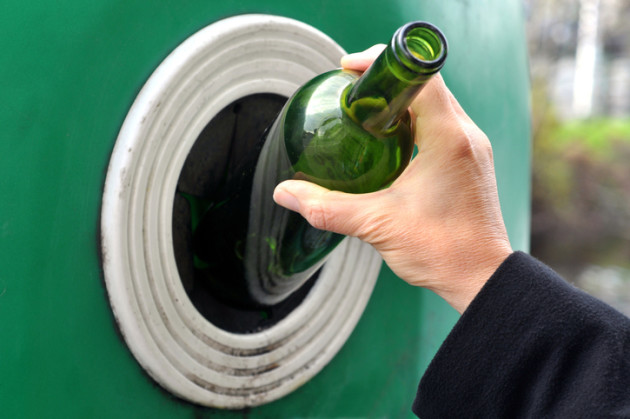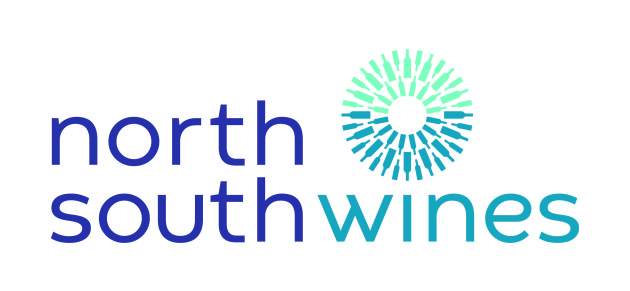
Long read: Will this be the decade the wine industry ditches glass?
Émilie Steckenborn, sommelier, education consultant and creator of the Bottled in China podcast, delves into the wine industry’s reliance on often coloured, non-recyclable glass while giving the lowdown on this year’s biggest sustainable launches.
The sustainability wave is sweeping across the world, and there’s hardly an industry that could see a more radical transformation than food and beverages. While consumers are happy to see changes in food packaging, the wine sector – with 19 billion glass bottles sold into the global market annually – is a slow mover.
However, exciting changes are appearing on the horizon. A paper bottle revolution? Canned wine chemistry? A fancy PET bottle? Wine enthusiasts are now eager to explore more options that don’t force them to sacrifice the luxurious aspect of the wine experience. For producers, wine packaging has quickly become part of their brand story and strategy.
When recyclable paper bottles that preserve wine properties show an 84% lower carbon footprint than glass bottles, it is easy to see why innovative packaging is finding its way into the spotlight. Consumers are driving the shift, too, by choosing to buy from companies with a clear commitment to the environment. With most dense or dyed glass not allowing for recycling, it’s about time we rethink wine packaging.
Boxed Wines & Bag-in-Box
Boxed wine or beer have traditionally been associated with cheap, low-quality options. However, in the UK, for example, The BIB Wine Company has taken off, showing a gap in the market. Mainly younger consumers have been tempted by this alternative as they tend to be more environmentally conscious. It’s a no-brainer: shipping a 3ltr box of wine generates around half the emissions per 750 millilitres compared to glass bottles.
At BIB, 60% of the inventory is basic wines consumers want for everyday consumption. The other 40% are different varietals – like a Furmint from Hungary or a Turkish rosé. This is key to attract those wine lovers who would have previously preferred wine in a bottle but would indeed make the switch for a unique rosé.
Fleur Pushack, wine buyer at BIB, said: “We focus on working with sustainable producers and sell a 2.25ltr box of mid-level wine at around £30-39. The wine can be enjoyed on multiple occasions, there’s no plastic taste whatsoever, the boxes are made with high-quality lining, and the wine lasts for nine months – or once opened, for weeks, not days.”
The pandemic has changed the way we enjoy wine as well. Rather than ordering a glass in a restaurant, consumers are now turning to subscription models. BIB’s wine club subscription has grown by over 1800%.
PET Bottles
If wine in PET (polyethylene terephthalate) bottles sounds crazy to you, you should know that innovators using it are having great success.
Distaff Wine, for example, introduced a line of wines called Nomen. They feature women from various fields on their labels while using eco-friendly PET packages that are lightweight, shatterproof, and shipped to customers’ doors for free. As these bottles can be flat, they give up to 30% extra space on shipments and, across certain states, this means free wine shipping.
Compared to their glass alternatives, virgin PET bottles account for 77% less greenhouse gas emissions and are around 90% lighter than an average glass bottle. Garçon Wines created flat bottles made from recycled PET that are smart cross-section designs that replicate a classic wine bottle’s traditional features, at a 100% recyclability rate. This could quickly solve the issue that traditionalists have with the aesthetics of these new sustainable alternatives.
Canned wine in its prime
In North America, alcoholic beverages in cans have been causing big waves, with brands such as White Claw (seltzer water with a gluten-free alcohol base) being particularly popular for events such as camping. As White Claw is setting the scene and encouraging consumers to be more open-minded, canned wines can quickly become another champion of sustainability.
Peter Dixon, MD of Asia & Global Travel Retail at Accolade Wines, said: “In China, there is a huge gap for low-alcohol, low-calorie products. And there is already an increased demand for wine in cans across Japan and Korea.”
Accolade launched Echo Falls, a low-calorie fruit-flavoured sparkling wine in a can that targets those who already drink spirits and beer in that form.
However, for some small wineries, cans are not an economically viable option. “Small producers are shocked by can supplier demands for huge minimum orders of between 50,000 to 150,000 cans at once,” said Gregory Wertsch, the owner of Between the Lines Winery, the creators of Canada’s first sparkling wine in a can.
Wertsch called attention to the fact that “you can’t use the exact wine you are bottling and put it in a can. Canned wine chemistry is crucial.”
Paper Bottles
The first wine in a paper bottle was launched by Italian wine producer Cantina Goccia (CG) and, since then, demand has soared. Now, Viking Lines in Finland will stock CG on one of the world’s most energy-efficient vessels. Plus, millennials at festivals or outdoor events will flock towards this alternative due to its lightweight nature.
Paper bottles are the bridge between cans and glass bottles and are similar to bag-in-box – they have a plastic bladder. Their design is similar to a traditional Bordeaux bottle to avoid breaking with tradition, they are lighter, and the shelf life ranges between 12 to 18 months – a perfect match for wines that aren’t meant to be aged.
The English Vine is on a mission to ditch glass bottles entirely within five years. They were the first English wine producer to launch a white wine in Frugalpac’s paper bottle. The Frugal Bottle is five times lighter than a glass bottle, with a carbon footprint six times lower than glass.
CEO of The English Vine, Neil Walker, said the wine was released in both glass and paper bottles so consumers could taste the wines side-by-side. The only differences he perceives are a slightly different pour and more environmentally friendly packaging.
Walker also highlighted the benefits that kegs could bring for on-trade as it limits wastage and protects wine against oxidation. However, they can be expensive to set up and must be cleaned and maintained with precision.
Sustainable wine packaging faces one real obstacle; it doesn’t allow for optimal wine ageing. But as most people don’t age their wine, these four alternatives could quickly find their way into mainstream wine consumption. And the sustainability revolution in the wine industry doesn’t end there. Think wine taps, biodegradable labelling, and grocery stores or wineries offering kegs for customers to bring and fill their own growler.
Keywords:
- wine
- industry
- food
- packaging
- consumers
- Wine Packaging
- bottles
- bottle
- glass
- changes
- recyclable
- PET
- producers wine
- wine experience
- don’t force
- luxurious aspect
- canned wine chemistry
- fancy pet bottle
- producers wine packaging
- bottle wine enthusiasts
- pet bottle wine





